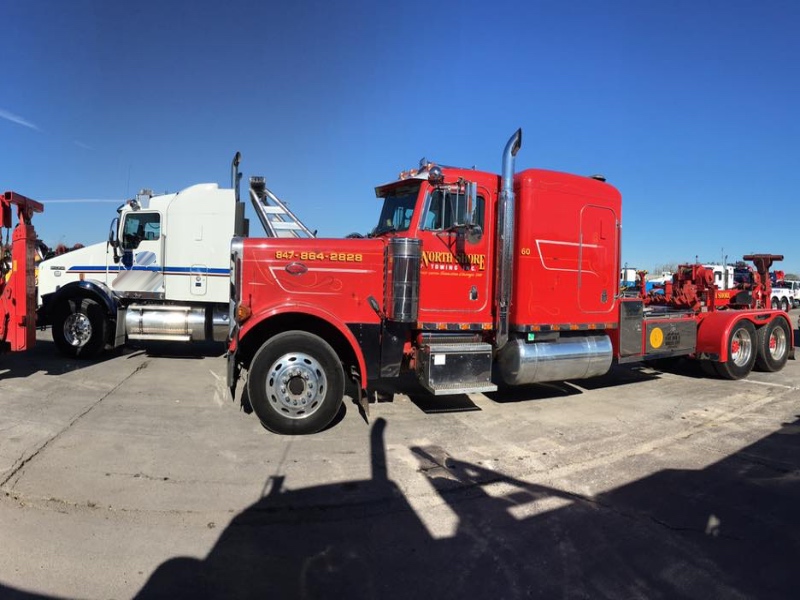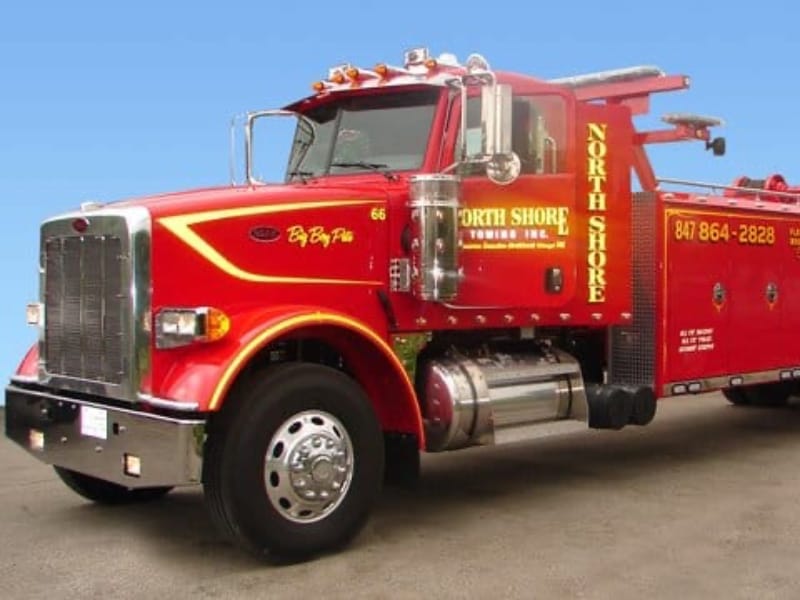What Not to Do When the Truck Stops Rolling
Breakdowns never happen on a good day. Maybe you’re already behind schedule, stuck on the shoulder of I-90, hazards flashing, and wondering what to do next. We’ve all seen or experienced this moment firsthand—and how it plays out next can make a tough day much worse. The steps you take immediately after a breakdown can affect your safety, your load, and how fast you get rolling again. At this point, calling for our Chicago semi towing service is only one piece of the puzzle. Let’s talk about the other mistakes drivers make in those first critical moments—and how to avoid them.

Mistake 1: Ignoring the Problem Too Long
Too often, drivers hope the issue will fix itself or that they can “limp” to the next stop. That’s risky. Driving with a failing part, a warning light on the dash, or weird engine noise can lead to total failure. Once that happens, repairs will be more expensive, and the downtime longer.
The safer move is to stop, assess, and call in help. You might save hours of repair time and thousands in damage. We always tell our team at North Shore Towing: small problems don’t fix themselves, they get worse.
Mistake 2: Not Securing the Scene
Your truck’s already down. Don’t add an accident to the list. One of the biggest dangers in a roadside breakdown is being hit by passing traffic. We’ve seen it too many times: a driver steps out without setting cones, flares, or warning triangles. That’s not just dangerous—it’s against the law.
Here’s what every driver should do:
- Turn on hazard lights immediately.
- Use warning triangles or cones—place them according to FMCSA regulations.
- If it’s safe, exit from the passenger side, especially on busy highways.
- Call dispatch or roadside assistance as soon as you’re safely stopped.
Mistake 3: Guessing the Diagnosis
We all like to think we know our truck. But guessing the issue and taking action without knowing what’s actually wrong can cost you. Some drivers pour coolant into an engine that’s actually overheating due to a failing fan clutch. Others assume a dead battery when it’s a faulty starter. Instead of guessing, clearly describe the symptoms Chicago semi towing operators.
Mistake 4: Using the Wrong Tow or Recovery Service
Not every tow company can handle heavy-duty trucks. If you drive a semi and call a general towing service, you might waste hours waiting for them to arrive—only to find they can’t hook your rig. Worse, they might damage your vehicle trying.
Mistake 5: Not Documenting the Breakdown
Breakdowns affect everything—delivery times, fleet reporting, even insurance claims. Yet many drivers forget to take a few minutes to document what happened. Snap photos of the dash warnings, take a picture of the scene, and log the time everything happened.
These small steps can help with:
- Verifying downtime for pay or billing
- Supporting claims on maintenance warranties
- Keeping dispatch informed with accurate info
- Avoiding misunderstandings about responsibility
Keep a notebook or use an app, but don’t let the details slip through the cracks.

Chicago semi towing by North Shore: Trust the Pros Who Know the Road
At North Shore Towing, we’ve seen the good, the bad, and the completely avoidable breakdown scenarios. Our Chicago semi towing team helped hundreds of drivers who didn’t know who to call, waited too long, or trusted the wrong service. Getting stuck is part of the job sometimes. What matters is what we do next.
If you need Chicago semi towing, we’re just a call away. Our Chicago semi towing crews handle big rigs every day, from interstates to back lots, in all weather. We bring the right trucks, the right tools, and the right mindset.
Breakdowns might be unpredictable, but our Chicago semi towing response never is. Stay sharp, plan ahead, and don’t let a small mistake turn into a big problem. We’ve got your back every mile of the way.

